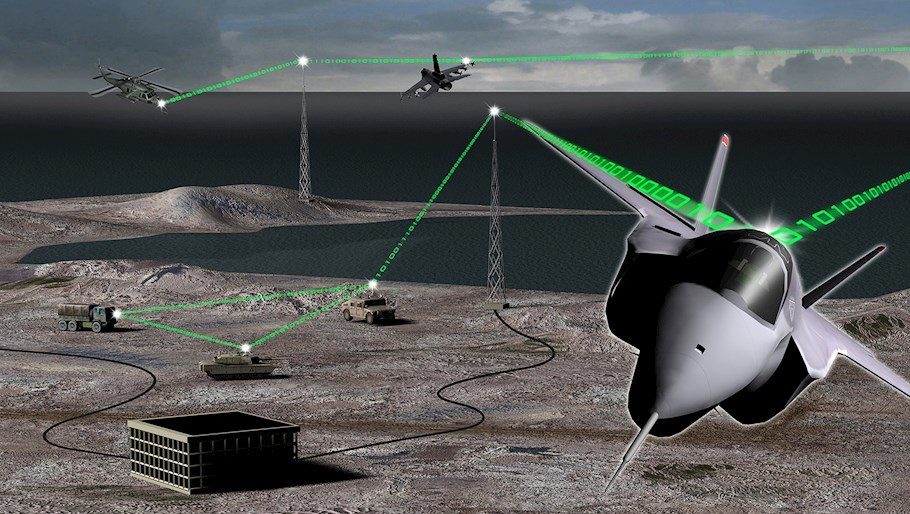
A schematic of the Common Range Integrated Instrumentation System. Photo: Collins Aerospace
Collins Aerospace Systems, a division of United Technologies Corp., is set to modernize test range systems for the U.S. Air Force, Navy and Army under a $7.6 million Air Force contract vehicle awarded on Aug. 8.
Under the task orders, Collins plans to upgrade computer operating systems and operator consoles of the Common Range Integrated Instrumentation System on military service test ranges. The effort is to resolve computer operating system obsolescence, improve system security and incorporate “lessons learned to enhance system operator workflow,” according to Collins.
The planned upgrade “makes it easier for the operators on the ground to quickly configure the system for use and choose from many pre-planned scenarios, reducing the time to configure for a given mission,” a representative for Collins Aerospace, wrote in an email.
The contract is the continuation of earlier work by Rockwell Collins, to upgrade seven Air Force test ranges with the common range system—Eglin AFB, Fla.; Edwards AFB, Calif.; Patuxent River NAS, Md., White Sands Missile Range, N.M.; Nellis AFB, Nev.; China Lake NAS, Calif.; and Point Mugu NAS, Calif.
The common range system is designed to improve operational realism at the test ranges through the replacement of legacy Pentagon test range systems, including the Advanced Range Data System and Air-to-Air Range Infrastructure systems.
While such legacy systems capture time, space and position data, the common range system is also capable of encrypting and transmitting aircraft state data to ground automation systems in real-time.
The Collins common system will provide a number of capabilities, such as time, space and position information under highly-dynamic aircraft conditions, and “real-time tracking of air exercise participants up to approximately 430 nautical miles,” the company said. Other upgrades include a new open architecture design to provide test range flexibility, and a standardization of interface protocols, including Test and Training Enabling Architecture (TENA), the company said.
“With the new updates, a single, common operating system configuration for all system computers will be in place to greatly reduce the life-cycle cost to perform updates over time,” according to Collins Aerospace.
Brad Haselhorst, vice president and general manager of Collins Aerospace for training and mission solutions, said that updating user interface consoles will allow a reduction in operator workload and “easier pre-mission setup and improved user experience during real-time operations.”